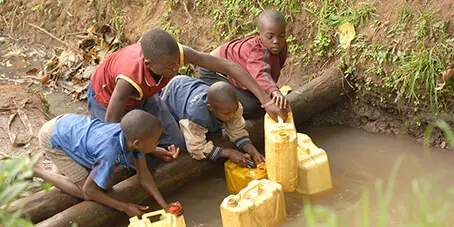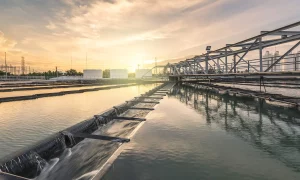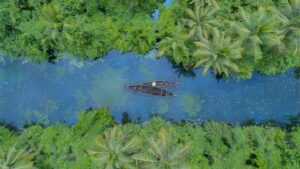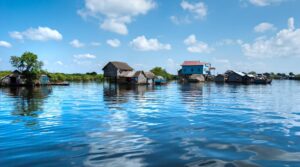Swedish Water, sanitation and hygiene and indigenous peoples: a review of the literature 2
The levels of sanitation and water services coverage as well as health attainment are low among indigenous peoples. This exclusion from basic service has not been sufficiently studied. The present review has analyzed 185 articles dealing with indigenous peoples and the water, sanitation and hygiene complex. The literature is dramatically skewed towards water resources, and overwhelmingly focused on conflicts, at the expense of basic sanitation and hygiene. More initiatives towards the acknowledgement of indigenous peoples’ world-views and institutions in all aspects of the water management cycle are needed. To this end, the development of effective intercultural dialogue mechanisms is crucial.
The levels of sanitation and water services coverage as well as health attainment are low among indigenous peoples. This exclusion from basic service has not been sufficiently studied. The present review has analyzed 185 articles dealing with indigenous peoples and the water, sanitation and hygiene complex. The literature is dramatically skewed towards water resources, and overwhelmingly focused on conflicts, at the expense of basic sanitation and hygiene. More initiatives towards the acknowledgement of indigenous peoples’ world-views and institutions in all aspects of the water management cycle are needed. To this end, the development of effective intercultural dialogue mechanisms is crucial.
Lesson learned
- Self-identification as indigenous people at an individual and/or collective level
- Historical continuity in and strong cultural links to specific territories and resources
- Unique social, economic and political systems that are to some degree maintained
- Unique languages, cultures, beliefs and knowledge systems that are to some degree maintained
- Determination to sustain and develop their identity and unique systems as distinct peoples and communities – Being non-dominant groups in society




